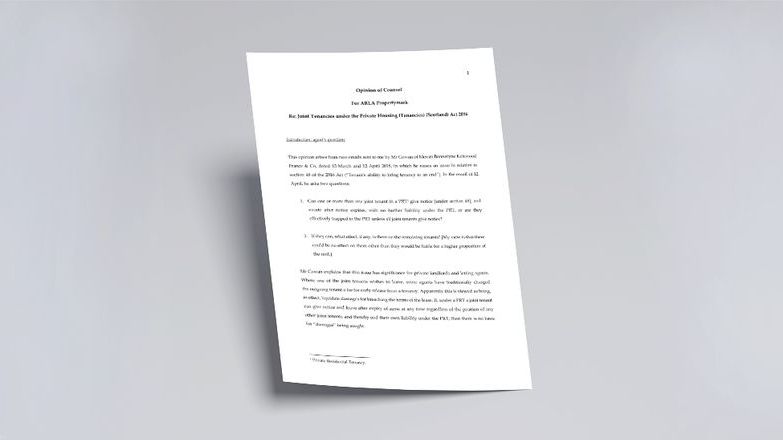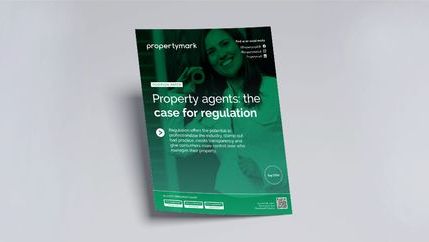
Joint tenancies under a PRT
One issue that was raised as a potential problem was how to deal with joint tenancies under a PRT where one tenant wants to leave. As a result, we have sought expert opinion on this via legal counsel, and the advice is summarised as follows.
Under the old assured/short assured regime one joint tenant could give notice to a landlord and bring a contractual tenancy to an end at the next end date. This would allow the joint tenant to leave and also bring any liability for ongoing rent to an end. Any other tenants remained as 'statutory assured tenants' who had a liability to pay rent etc as long as they remained in possession of the property.
So what happens with PRTs with no contractual duration?
The provisions of the 2016 Act are not as clear as they could be. Section 48 sets out a tenant’s ability to bring a PRT to an end by giving notice in writing, which does not immediately appear to be qualified in any way. However, section 48 needs to read in conjunction with section 78(2) and (3) which provide guidance how provisions apply to joint tenants.
In short, when reading both sections together the provisions mean that, where there are two or more joint tenants all of those joint tenants are required to give notice to bring a PRT to an end. Put another way, if only one of the joint tenants gives notice, that notice cannot bring the PRT to an end.
This has implications for joint tenants. The main one being that, where only one joint tenant wishes to leave, they can't simply give notice to bring their liability under the PRT to an end. In this situation, without notice from the other joint tenants the PRT continues, as does all tenants liability to pay rent etc under the PRT. This could, in theory, be indefinite.
What are the options?
Option one
All tenants give notice. The PRT would then end on expiry of the notice period, allowing the exiting tenant to leave without any further liability. However, the remaining tenants would be in a precarious position in that, unlike under the previous tenancy regime (with the concept of statutory assured tenants), they would have no statutory or contractual right or title to remain in the property after expiry of their notice and could be removed by the landlord.
Option two
The landlord, with the consent of all tenants, agrees to vary the terms of the PRT or grant a new PRT in the names of the remaining tenants only. This option presents a number of issues including dealing with any security deposit and possibly a full new set of tenancy documents.
Option three
The tenants come to an agreement and manage the rental between the remaining tenants. However, the exiting tenant’s PRT would not technically be ended and they would remain liable for rent in the event of non-payment and for damage to the property.
Option four
With the agreement of all parties (including the landlord), the exiting tenant’s interest in the PRT is assigned to someone else. That may be the most sensible option in most cases. However, care will need to be taken to either update the inventory for the property or have the incoming tenant accept the terms of the original inventory. Likewise, the deposit will require to be transferred into the name of the incoming tenant and resolved between the incoming and outgoing tenants.
With all the options, care would have to be taken if there are guarantors, as new guarantee agreements may be needed. The issue of rental protection insurance may need to be checked too.
It is unlikely that many joint tenants when signing up to the new PRT will realise that potentially they could be taking on an indefinite liability. Whether that was what was intended by the Scottish Government is not known, but it appears to be the effect of the 2016 Act.




